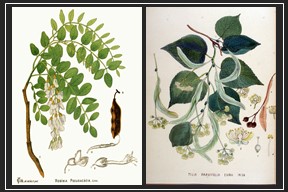Crowning Achievements: Cooling Effectiveness of Urban Street Trees

Last time we checked in with Dr. Mohammad Asrafur Rahman, he was busy working on his study, “Quantifying the cooling effectiveness of urban street trees in relation to their growth,” funded in part by a Jack Kimmel International Grant, awarded in partnership with Canadian TREE Fund. At that time he discovered large differences in the cooling potential between two extremely common but contrasting urban tree species with respect to eco-physiology and morphology. Specifically, Robinia pseudoacacia L. and Tilia cordata Mill. His data also uncovered that water use efficiency is more strongly related to cooling potential than growth rate.
Since then, Dr. Rahman and his team from the Technical University of Munich, Germany have continued to study these two contrasting tree species, focusing more recently on the temperatures below their canopies. Dr. Rahman was able to measure the effect of leaf size on the evaporation of water from plant leaves and the impact that larger leaf area indexes have on temperatures outside and inside tree canopies. This new branch of investigation also revealed that on extremely hot days, even grass can act like concrete when it comes to cooling the environment, making deep shading from urban tree canopies even more essential.
Get additional details on Dr. Rahman’s research and read more about the impact of tree species on urban climates in the Research Archives of TREE Fund’s website.
Click here for the complete, May 2019 issue of TREE Press.

